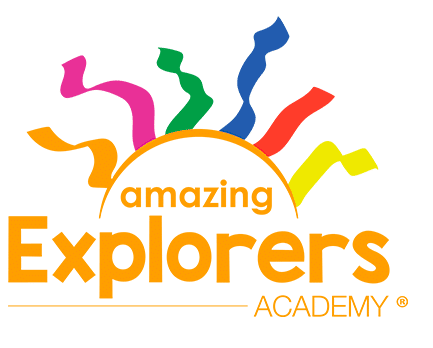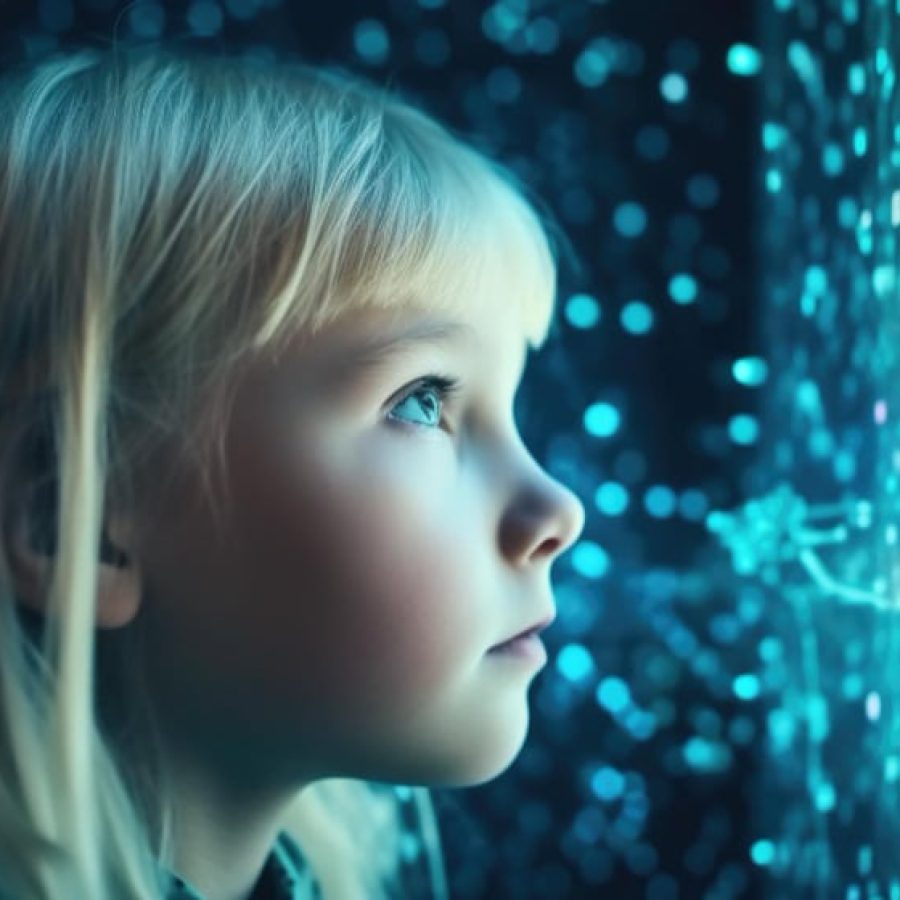Artificial intelligence (AI) is a subject that we can’t escape from. Since this resource has become more and more common and incorporated into our daily lives, the same is true when it comes to the use of AI in early childhood education.
Incorporating AI in early childhood education
Artificial intelligence can be used in so many ways when it comes to teaching children.
AI-powered games, simulations, and virtual reality experiences can make learning fun and interactive, boosting motivation and knowledge retention.
In fact, its benefits can extend beyond students. Several AI-powered tools offer resources and tips for parents and educators on topics like child development, learning activities, and behavior management.
Is AI an ally in education for children?
Absolutely!
Children can go further with technology. Geographical boundaries are possible to overcome. You can learn more about cultures even if you’ve never set foot in that place.
Remember that artificial intelligence is a mere consequence of technological advances. AI can help generate answers and facilitate the learning process for children.
Despite any kind of insecurity from people that don’t fully understand how to use AI, we’re not necessarily dealing with the future substitute of your children’s teachers.
Human interaction and emotional connection remain essential for healthy development, and AI should not replace teachers – but rather complement their work.
Benefits of AI in early childhood education
AI can be used to create music, art, and stories collaboratively with children, encouraging creativity and self-expression. Here’s how it’s possible!
Personalized practice
AI helps tutors to come up with specialized programs and activities that fit students with specific needs. For instance, if a child is slower to pick up the pace of a classroom, they can use AI to help solve their questions after the class is done, or even suggest reinforcement homework aimed at a specific difficulty.
Also, AI-powered tutors or virtual assistants can provide individual feedback and suggest learning activities based on each child’s interests and strengths.
Accessibility and inclusivity
It’s crucial to make classrooms as equal as possible. This means respecting every child’s specific needs as much as possible.
In that sense, AI-powered tools can translate languages, assist children with disabilities, and provide alternative learning methods, making education more accessible and inclusive.
AI-powered tools featured with audio descriptions, interactive braille interfaces, and adaptive controllers can empower children to access learning materials and actively participate in classroom activities.
Digital literacy
If we’re living in a world so reliant on technology, we better know how to use it for the best!
That’s why early exposure to AI in a controlled and age-appropriate way can demystify technology for children, making them more comfortable and confident interacting with it in the future.
Learning experiences can be adapted by AI-driven platforms, allowing children to explore digital tools and content at their own pace, building confidence and familiarity.
Critical thinking
Introducing children to AI through age-appropriate activities and tools can help them understand how it works and develop critical thinking skills.
This relates to the realization that AI is a tool, not the one and only way to complete something. Children should be able to use resources from it while still being critical if something is not delivered to what they think it’s useful.
New skills incorporated
Your child’s creativity can reach so many new levels thanks to AI. Experimenting with it means learning new ways to be creative and use whatever available tools you have at hand.
Applying artificial intelligence in the classroom also means collaboration. When a group of students dedicates themselves to the same task, they can learn how to work together, respect and appreciate each others’ point of view, and get inspired from what peers build together.
Sounds too hard to visualize? Keep reading to see how AEA already incorporates it!
How AEA uses AI in early educational childhood
In our classrooms, we operate from the perspective that we don’t use AI to teach children. We teach children how to use AI!
We believe in simple steps to make children more acquainted with artificial intelligence.
First steps
First, we explain the concept of artificial intelligence by helping children see that this is already incorporated into their daily lives – because of Alexa or Siri, for example.
Begin with making children familiar with the technology. It can go as simple as asking the AI what time it is, or how the weather is, or math questions. It’s important to define questions to which children can identify the answers by themselves and actually start to “trust” the accuracy of AI’s answers.
Hands-on activities
After children are familiar with the idea of providing the right commands for AI and seeing what it can come up with, the use of AI can go a little further.
AEA’s students have had the opportunity to participate in a workshop and develop collectively an entirely AI-created children’s book. Check it out to see the children’s response to it and the final piece they created!
Practical guide to use AI in early childhood education
Parents and tutors are in charge of showing children how to take the best advantage of AI resources. They are also the people that need to understand certain aspects around using AI in classrooms.
Firstly, careful consideration and planning are necessary to address potential issues – such as data privacy, bias, and overreliance on technology.
Remember that AI is not a substitute, but an ally!
Understanding limits
This means not sharing personal and delicate information. It’s our job to teach children that AI is a resource and does not substitute the work of specialists – especially in sensitive topics like health, science, technology or legal matters.
Responsible usage
While AI offers promising benefits, it’s crucial to ensure its ethical and responsible implementation in early childhood education.
Education about the ethical implications and potential biases of AI can prepare children to be informed and responsible users of technology as they grow.
Creating appropriate prompts
Remember that AI will respond to the indication provided by us.
This also applies to so many other topics in life: if you can’t express what are your objectives and what is expected out of a task, it’s difficult to receive what you expect.
Learning with artificial intelligence benefits students, parents and teachers
Educators, parents, and communities should be involved in discussions about AI integration to ensure it aligns with their values and priorities for early childhood development.
Ultimately, the focus should remain on supporting young children’s holistic development through a balanced approach that integrates AI with human interaction, play, and exploration.
After reading this article, you’ve had the grasp on understanding how to incorporate AI in early education. Continue your journey of understanding how technological advances are allies of education and learn how technology impacts early childhood education!



